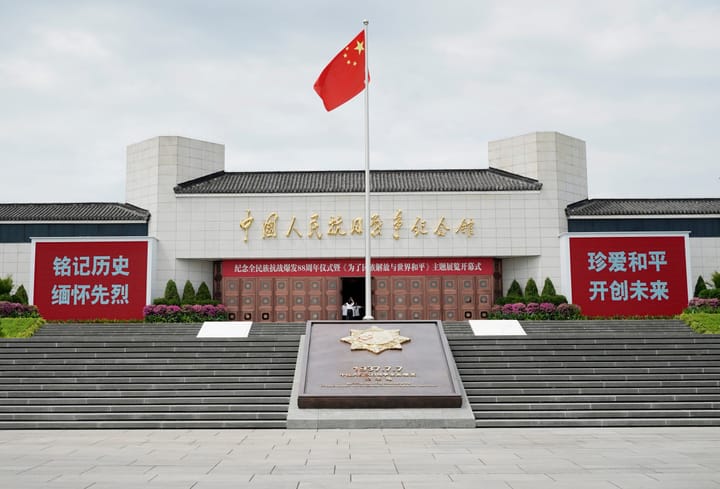90% of Chinese View China–Latin America Ties as Vital: Survey

A survey conducted by Global Times Research Centre found that over 90% of respondents affirmed the importance of harmonious and friendly China-Latin America relations for China's future development. Most hope that the current state of relations will be maintained or will become even more amicable.
U.S. pressure and interference were identified as the main obstacles to relations between the two areas, while the mutually beneficial and win-win nature of China-Latin America cooperation was widely recognized.
This survey was conducted by the Global Times Research Center, in collaboration with the Latin American Council of Social Sciences (CLACSO) and the China-Latin America Center for Education, Science and Culture. The following is the result of an investigation conducted in China.
When asked about their first impressions of Latin America, many respondents spontaneously mentioned keywords such as football, which ranked the highest in frequency. Other frequently mentioned representative elements included enthusiasm, samba, rainforests, cuisine, culture, and coffee.


